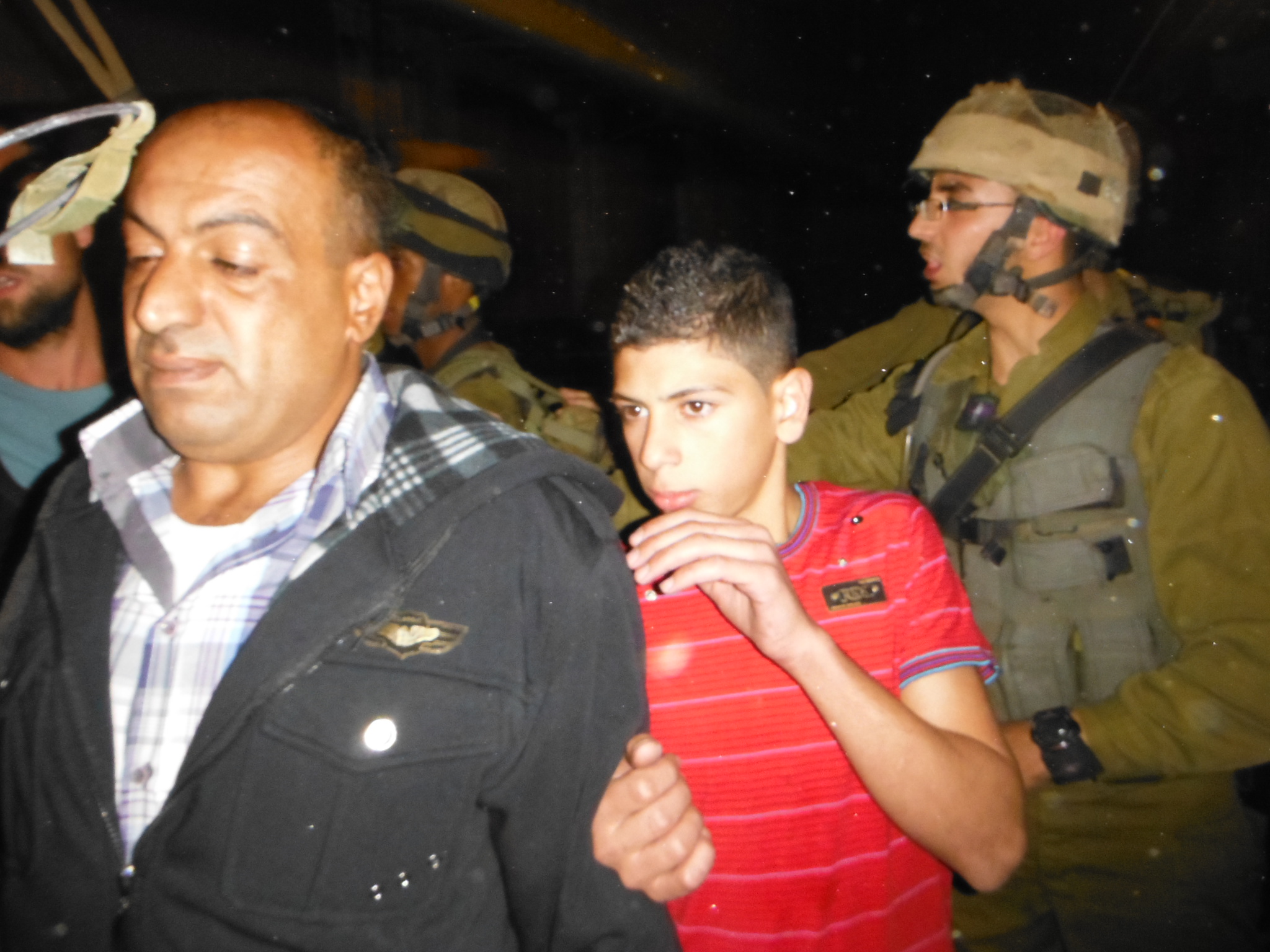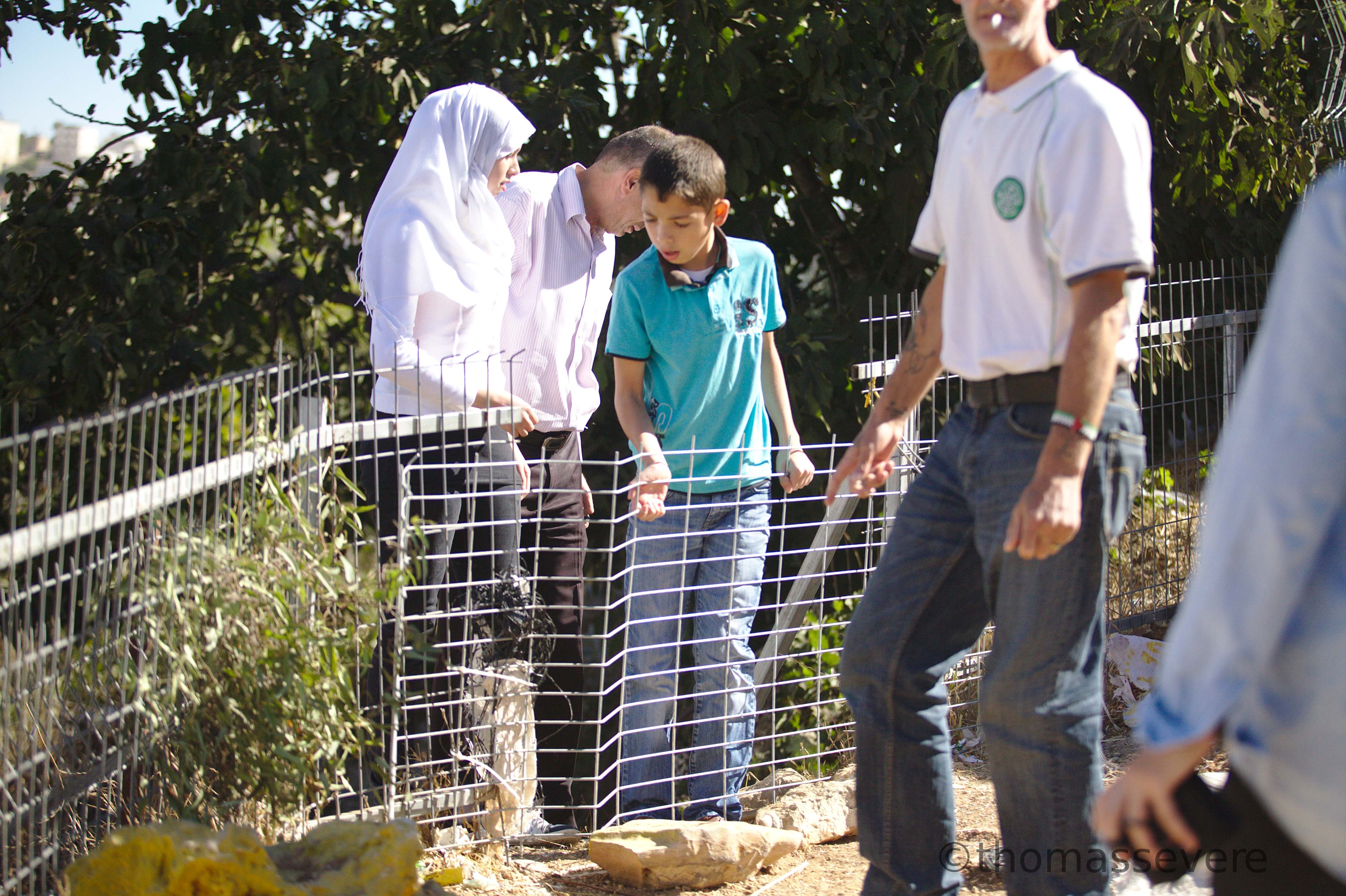Category: Reports
-
Updated: Family home ransacked and young teenager detained during Eid
16th October 2013 | International Solidarity Movement, Khalil Team | Hebron, Occupied Palestine Yesterday, 15th October, a young teenager visiting his family was detained from inside a Palestinian home after it was forcibly entered and searched by armed Israeli soldiers on the evening of Eid. A Palestinian family’s home was entered on the evening of…
-
Photos: Gaza supporters rally for Alaa Hammad, keep weekly vigil for Palestinian detainees
16th October 2013 | International Solidarity Movement, Gaza Team | Gaza, Occupied Palestine Palestinians rallied outside Gaza’s International Committee of the Red Cross (ICRC) office Monday morning to support Alaa Hammad, a Palestinian-Jordanian on hunger struck since May 2 against the conditions of his detention by Israel, and other Palestinian detainees. Families and supporters also…
-
Updated: Continued settler harassment and international arrested in Hebron
13th October 2013 | International Solidarity Movement, Khalil Team | Hebron, Occupied Palestine One international was arrested after settlers fenced off the Asseh family home for a second day in a row in Hebron’s Tel Rumeida area. Yesterday, early Saturday morning, settlers tied a fence across the exit of the Asseh family home with a…



